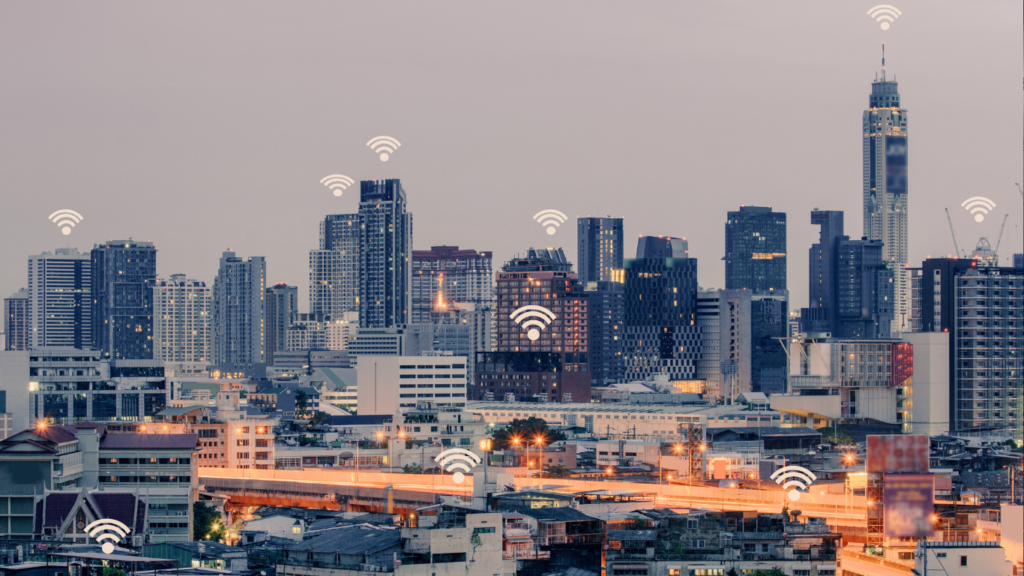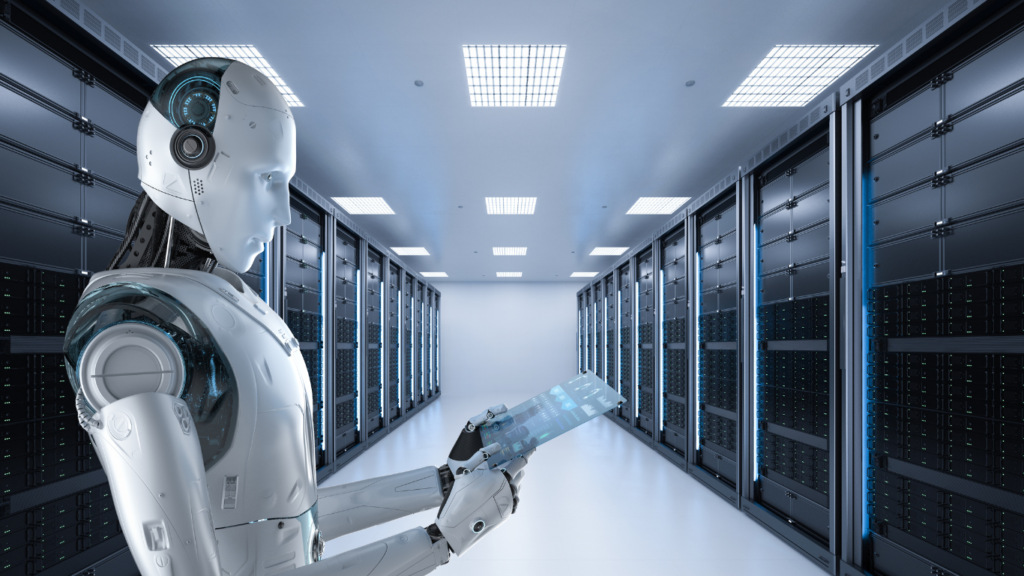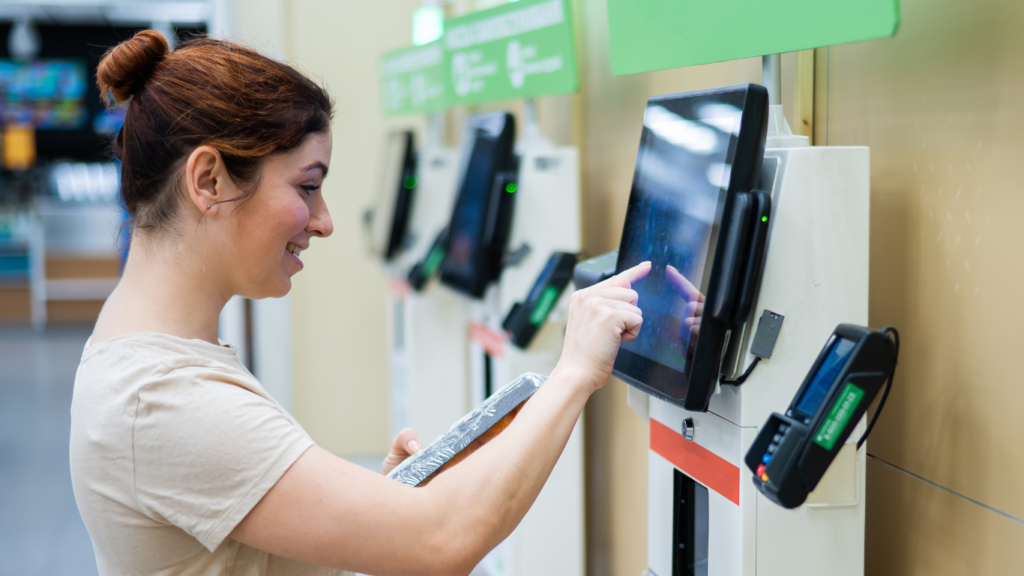Connectivity
What’s on the agenda for retail in 2024: maximising retail stores in a digital era
In a recent roundtable ‘Physical Attraction: Maximising Retail Stores in a Digital Era’, co-hosted alongside Retail Gazette and PA Consulting, VCG’s CIO, Roy Reynolds and Sales and Marketing Director, Robert Grimshaw uncover the evolving technology trends shaping the retail landscape.
As we step into 2024, embracing technology and driving greater efficiencies are key targets for retailers. Harnessing the power of digital solutions, driving growth, is imperative as customer demands evolve.
More retailers are looking to explore the capabilities of technology, transforming their shopping experiences, and transitioning from siloed infrastructures to integrated omnichannel journeys.

In this article, we have highlighted six key discussion topics from our roundtable:
1. Technological landscape and the importance of connectivity
Many businesses fail to update their connectivity infrastructure, which can be due to various reasons. Existing legacy technologies do not function effectively in a modern landscape, hindering retail footprint and development.
Wi-Fi is a prominent example of a connectivity barrier causing operational pain, often overlooked by businesses, especially when dealing with the issue of Wi-Fi in old buildings versus new ones.

Stable connectivity and a resilient network form the foundation for the modern, connected store. Retailers are actively investing in future technology as an enabler for:
- Digital payments and subscriptions.
- Personalised loyalty programmes.
- Inventory visibility.
- Enhanced customer service.
- Retail analytics.
- Seamless experiences across both physical and digital stores.
An un-optimised connectivity infrastructure limits businesses and their operating potential. Specialist input is often necessary to overcome these challenges and update systems, revealing their true potential.
2. Artificial intelligence booming in retail
Digital transformation in the retail sector is leveraging adoption of AI for both digital, and physical shopping experiences more than ever before. Whilst AI is emerging in physical stores and provides competitive advantages, its real potential remains unexplored for some retailers.
The retail sector has one of the lowest adoption rates of AI. In 2024, we expect to see a spike of retailers using AI to support their business operations and rising consumer expectations.

AI and cloud technology are facilitating decision-making, and enhancing the digital experience for retail customers. AI requires stable connectivity, reinforcing the importance of SD-WAN, 4G, and 5G technologies.
If your network is unstable and outdated, it is likely your AI infrastructure or technology will not operate efficiently.
3. Workforce optimisation
A robust workforce is crucial for enhancing efficiencies of floor staff. By aligning people, processes and technology, retail organisations can thrive in their competitive landscape.
The increasing significance of technology investments for process automation is evident. Businesses aim to remove manual tasks for a faster, simpler, and more effective network.
This year, it is anticipated that an increasing number of retailers will embrace additional IoT solutions including:
- Electronic shelf-edge labels.
- Self-checkout terminals.
- Shelf scanning robots.
- Partial automated backroom unloading.

The roundtable also uncovered the emphasis on in-person client interactions. This involves reducing time spent in back office to enhance staff availability, for customer engagement, improving the overall customer experience. Automating routine tasks enables retailers to redirect staff focus on value-added activities.
4. Location expansion challenges – time vs reality
Retailers face expansion challenges. Unfortunately, setting up new locations can be time consuming, often taking longer than anticipated.
New locations need to be set up quickly to capitalise on market opportunities and gain a market share in the selected geographical location. However, each location must be carefully considered to ensure that it is aligns with the organisations long term goals.

Businesses must consider various factors as part of their due diligence. Setting up new locations can be both challenging and expensive. This necessitates exploring solutions for faster location establishment, such as VCG’s Retail in a Box, a one-size-fits-all solution for rapid deployment of in-store connectivity.
5. Customer loyalty and digitalisation
Retailers struggle to implement an omnichannel approach, that helps secure customer loyalty aligned with the digitalisation of the industry.
Finding the correct balance between maintaining customer loyalty, and investing time and money in optimising digital experiences, to win new business can be challenging.

Retailers hesitate when investing in new systems and digital solutions. This is due to uncertainty around new technology, and the correlation between investment and returns.
It is important to monitor and engage additional support from reputable technology consultants.
6. Online vs offline experience
It could be said that the distinction between online and offline operations has become less clear due to their high interdependence.
In today’s retail landscape, customers commonly engage with businesses through multiple channels, including their physical stores, websites, and social commerce platforms. Achieving seamless integration across channels is crucial for success and meeting today’s demanding customer expectations.

The costs to win customers online are increasing. Markets are becoming more concentrated, and the digital era lowers entry barriers for competitors. Investments in the technology infrastructure are essential.
Evidence suggests a decline in traditional retail customer engagement, attributed to shifts in customer behavior due to the Covid-19 Pandemic. Customers prefer the convenience and perceived cost savings of online shopping. Consequently, some retailers are underinvesting in offline operations, which inevitably harms their online business due to interdependence and the missed synergy opportunities.
These technological advancements not only entice consumers back to physical stores, but also provide retailers with valuable customer data.
Key takeaways
Insights from our February roundtable ‘Physical Attraction: Maximising Retail Stores in a Digital Era’, reinforce the importance of continuous evaluation of the network infrastructure to remain ahead in the ever-evolving digital landscape.
The discussions delved into key topics around connectivity, stability, and the importance of a resilient network.
Leveraging artificial intelligence, to elevate both digital and physical shopping experiences, was another topic explored, along with optimisation of workforce capabilities, and embracing IoT solutions.
Participants also addressed challenges related to retail expansion, customer loyalty, and the distinction between online and offline retail experiences.
The convergence of technology creates a powerful opportunity for retailers to enhance shopping experiences for their customers.
Are you a retailer looking to enhance technology? At VCG, our expertise in digital transformation, for retail, enables us to help streamline and modernise your operations. We work together. Learn how we can empower your digital transformation journey.
For more information, please contact us.